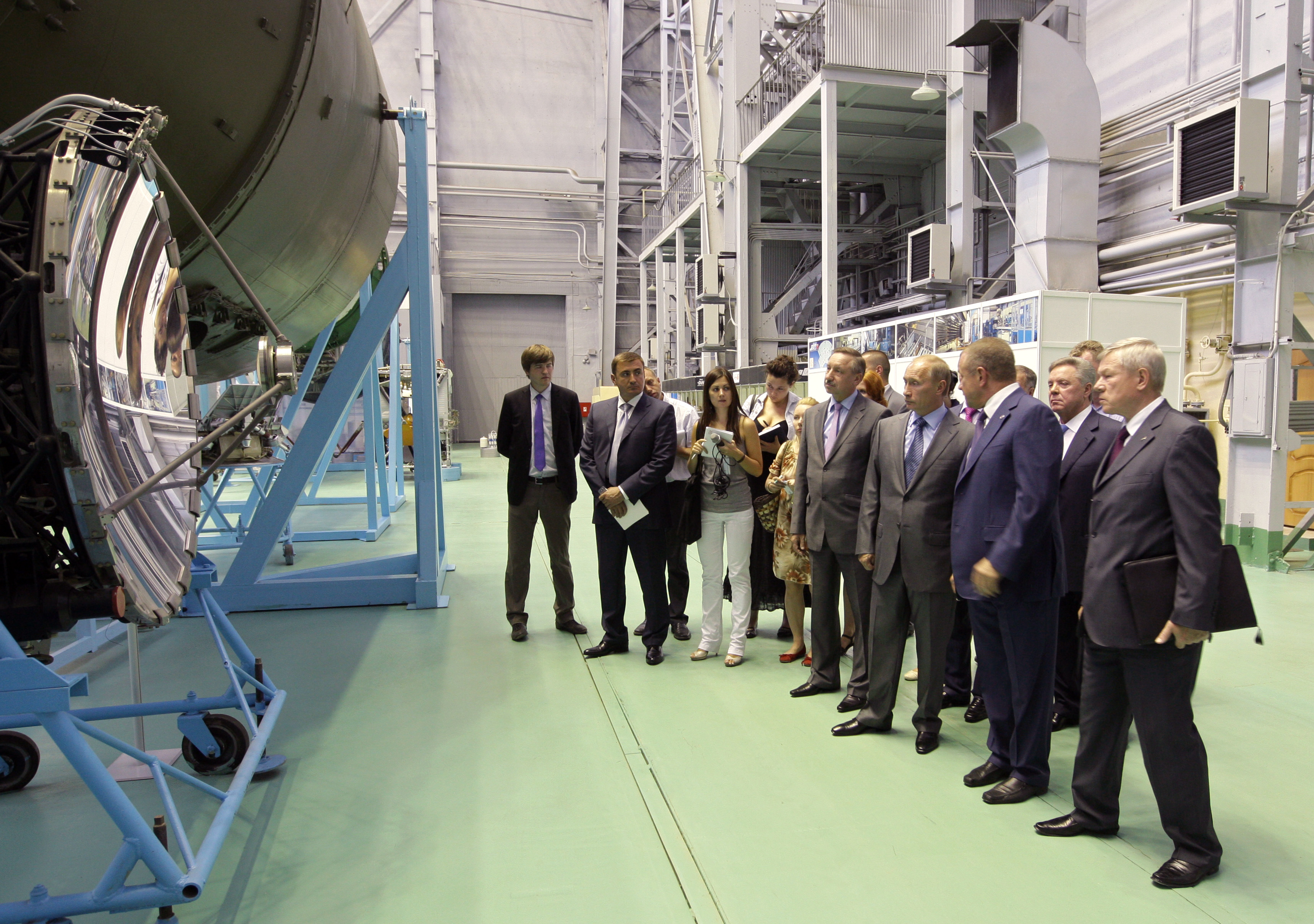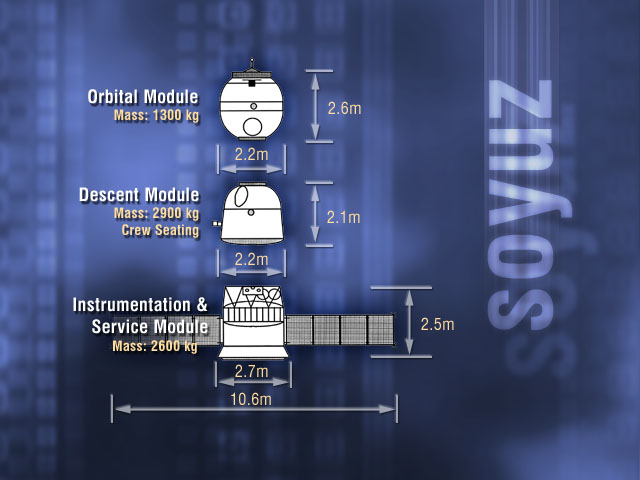|
Progress 7K-TG
Progress 7K-TG (russian: Прогресс 7К-ТГ, italic=yes, GRAU index 11F615A15), was a Soviet uncrewed spacecraft used to resupply space stations in low Earth orbit. Forty three flew, delivering cargo to Salyut 6, Salyut 7, and Mir. It was the first version of the Progress spacecraft to fly, and spawned later derivatives including the Progress-M which replaced it, and the later Progress-M1. The Progress 7K-TG spacecraft was derived from the crewed Soyuz 7K-T ferry spacecraft, which had been designed for the Salyut programme. The descent module of the Soyuz spacecraft was replaced with a new section designated ''Otsek Komponentov Dozapravki'', or OKD. This contained fuel tanks and pumps used for refuelling the space station that it docked with. Like the Soyuz 7K-T, the Progress was not equipped with solar panels, and instead relied on batteries for power. Early spacecraft had a design life of 33 days, including three in free flight, and the rest docked with a space statio ... [...More Info...] [...Related Items...] OR: [Wikipedia] [Google] [Baidu] |
Energia (corporation)
PAO S. P. Korolev Rocket and Space Corporation Energia (russian: Ракетно-космическая корпорация «Энергия» им. С. П. Королёва, Raketno-kosmicheskaya korporatsiya "Energiya" im. S. P. Korolyova), also known as RSC Energia (, RKK "Energiya"), is a Russian manufacturer of spacecraft and space station components. The company is the prime developer and contractor of the Russian crewed spaceflight program; it also owns a majority of Sea Launch. Its name is derived from Sergei Korolev, the first chief of its design bureau, and the Russian word for energy. Overview Energia is the largest company of the Russian space industry and one of its key players. It is responsible for all operations involving human spaceflight and is the lead developer of the Soyuz and Progress spacecraft, and the lead developer of the Russian end of the International Space Station (ISS). In the mid-2000s, the company employed 22,000–30,000 people. The ... [...More Info...] [...Related Items...] OR: [Wikipedia] [Google] [Baidu] |
Progress 38
Progress 38 () was a Soviet uncrewed Progress cargo spacecraft, which was launched in September 1988 to resupply the Mir space station. Launch Progress 38 launched on 9 September 1988 from the Baikonur Cosmodrome in the Kazakh SSR. It used a Soyuz-U2 rocket. Docking Progress 38 docked with the aft port of the Kvant-1 module of Mir on 12 September 1988 at 01:22:28 UTC, and was undocked on 23 November 1988 at 12:12:46 UTC. Decay It remained in orbit until 23 November 1988, when it was deorbited. The deorbit burn occurred at 18:26:00 UTC and the mission ended at 19:06:58 UTC. See also * 1988 in spaceflight * List of Progress missions * List of uncrewed spaceflights to Mir This is a list of uncrewed spaceflights to Mir. Components of the space station are indicated in green. *A. - Time from docking until debris impact in the Pacific Ocean at approximately 05:59 GMT on 23 March 2001. *B. - From time of launch *C. ... References Progress (spacecraft) missions 1988 in ... [...More Info...] [...Related Items...] OR: [Wikipedia] [Google] [Baidu] |
Progress 7
Progress 7 () was a Soviet unmanned Progress cargo spacecraft, which was launched in June 1979 to resupply the Salyut 6 space station. Spacecraft Progress 7 was a Progress 7K-TG spacecraft. The seventh of forty three to be launched, it had the serial number 107. The Progress 7K-TG spacecraft was the first generation Progress, derived from the Soyuz 7K-T and intended for uncrewed logistics missions to space stations in support of the Salyut programme. On some missions the spacecraft were also used to adjust the orbit of the space station. The Progress spacecraft had a dry mass of , which increased to around when fully fuelled. It measured in length, and in diameter. Each spacecraft could accommodate up to of payload, consisting of dry cargo and propellant. The spacecraft were powered by chemical batteries, and could operate in free flight for up to three days, remaining docked to the station for up to thirty. Launch Progress 7 launched on 28 June 1979 from the Baikonur ... [...More Info...] [...Related Items...] OR: [Wikipedia] [Google] [Baidu] |
Buran Programme
The ''Buran'' program (russian: Буран, , "Snowstorm", "Blizzard"), also known as the "VKK Space Orbiter program" (russian: ВКК «Воздушно-Космический Корабль», lit=Air and Space Ship), was a Soviet and later Russian reusable spacecraft project that began in 1974 at the Central Aerohydrodynamic Institute in Moscow and was formally suspended in 1993. In addition to being the designation for the whole Soviet/Russian reusable spacecraft project, ''Buran'' was also the name given to Orbiter K1, which completed one uncrewed spaceflight in 1988 and was the only Soviet reusable spacecraft to be launched into space. The ''Buran''-class orbiters used the expendable Energia rocket as a launch vehicle. Unlike the Space Shuttle, Buran had a capability of flying uncrewed missions, as well as performing fully automated landings. The Buran program was started by the Soviet Union as a response to the United States Space Shuttle program. The project was the la ... [...More Info...] [...Related Items...] OR: [Wikipedia] [Google] [Baidu] |
Ejection Seat
In aircraft, an ejection seat or ejector seat is a system designed to rescue the pilot or other crew of an aircraft (usually military) in an emergency. In most designs, the seat is propelled out of the aircraft by an explosive charge or rocket motor, carrying the pilot with it. The concept of an ejectable escape crew capsule has also been tried. Once clear of the aircraft, the ejection seat deploys a parachute. Ejection seats are common on certain types of military aircraft. History A bungee-assisted escape from an aircraft took place in 1910. In 1916, Everard Calthrop, an early inventor of parachutes, patented an ejector seat using compressed air. The modern layout for an ejection seat was first introduced by Romanian inventor Anastase Dragomir in the late 1920s. The design featured a ''parachuted cell'' (a dischargeable chair from an aircraft or other vehicle). It was successfully tested on 25 August 1929 at the Paris-Orly Airport near Paris and in October 1929 ... [...More Info...] [...Related Items...] OR: [Wikipedia] [Google] [Baidu] |
Launch Escape System
A launch escape system (LES) or launch abort system (LAS) is a crew-safety system connected to a space capsule that can be used to quickly separate the capsule from its launch vehicle in case of an emergency requiring the abort of the launch, such as an impending explosion. The LES is typically controlled by a combination of automatic rocket failure detection, and a manual activation for the crew commander's use. The LES may be used while the launch vehicle is still on the launch pad, or during its ascent. Such systems are usually of two types: *A solid-fueled rocket, mounted above the capsule on a tower, which delivers a relatively large thrust for a brief period of time to send the capsule a safe distance away from the launch vehicle, at which point the capsule's parachute recovery system can be used for a safe landing on ground or water. The tower and rocket are jettisoned from the space vehicle in a normal flight at the point where it is either no longer needed, or cannot be e ... [...More Info...] [...Related Items...] OR: [Wikipedia] [Google] [Baidu] |
Soyuz (spacecraft)
Soyuz () is a series of spacecraft which has been in service since the 1960s, having made more than 140 flights. It was designed for the Soviet space program by the Korolev Design Bureau (now Energia). The Soyuz succeeded the Voskhod spacecraft and was originally built as part of the Soviet crewed lunar programs. It is launched on a Soyuz rocket from the Baikonur Cosmodrome in Kazakhstan. Between the 2011 retirement of the Space Shuttle and the 2020 demo flight of SpaceX Crew Dragon, the Soyuz served as the only means to ferry crew to or from the International Space Station, for which it remains heavily used. Although China did launch crewed Shenzhou flights during this time, none of them docked with the ISS. History The first Soyuz flight was uncrewed and started on 28 November 1966. The first Soyuz mission with a crew, Soyuz 1, launched on 23 April 1967 but ended with a crash due to a parachute failure, killing cosmonaut Vladimir Komarov. The following flight was ... [...More Info...] [...Related Items...] OR: [Wikipedia] [Google] [Baidu] |
Pacific Ocean
The Pacific Ocean is the largest and deepest of Earth's five oceanic divisions. It extends from the Arctic Ocean in the north to the Southern Ocean (or, depending on definition, to Antarctica) in the south, and is bounded by the continents of Asia and Oceania in the west and the Americas in the east. At in area (as defined with a southern Antarctic border), this largest division of the World Ocean—and, in turn, the hydrosphere—covers about 46% of Earth's water surface and about 32% of its total surface area, larger than Earth's entire land area combined .Pacific Ocean . '' Britannica Concise.'' 2008: Encyclopædia Britannica, Inc. The centers of both the [...More Info...] [...Related Items...] OR: [Wikipedia] [Google] [Baidu] |
Soyuz-U2
The Soyuz-U2 (GRAU index 11A511U2) was a Soviet, later Russian, carrier rocket. It was derived from the Soyuz-U, and a member of the R-7 family of rockets. It featured increased performance compared with the baseline Soyuz-U, due to the use of syntin propellant, as opposed to RP-1 paraffin, used on the Soyuz-U. The increased payload of the Soyuz-U2 allowed heavier spacecraft to be launched, while lighter spacecraft could be placed in higher orbits, compared to those launched by Soyuz-U rockets. In 1996, it was announced that the Soyuz-U2 had been retired, as the performance advantage gained through the use of syntin did not justify the additional cost of its production. The final flight, Soyuz TM-22, occurred on 3 September 1995 from Gagarin's Start in Baikonur. The Soyuz-U2 was first used to launch four Zenit reconnaissance satellites, then it delivered crewed Soyuz spacecraft to space stations Salyut 7 and Mir: missions Soyuz T-12 to T-15 and Soyuz TM-1 to TM-22. It also s ... [...More Info...] [...Related Items...] OR: [Wikipedia] [Google] [Baidu] |
Soyuz-U
The Soyuz-U launch vehicle was an improved version of the original Soyuz rocket. Soyuz-U was part of the R-7 family of rockets based on the R-7 Semyorka missile. Members of this rocket family were designed by the TsSKB design bureau and constructed at the Progress factory in Samara, Russia (now a united company, TsSKB-Progress). The first Soyuz-U flight took place on 18 May 1973, carrying as its payload Kosmos 559, a Zenit military surveillance satellite. The final flight of a Soyuz-U rocket took place on 22 February 2017, carrying Progress MS-05 to the International Space Station. Soyuz-U was in use continuously for almost 44 years. Production of R-7 derived launch vehicles peaked in the late 1970s-early 1980s at 55–60 a year. Soyuz-U held the world record of highest launch rate in a year in 1979 with 47 flights until this was beaten by SpaceX's Falcon 9 in 2022. Over its operational lifetime, the Soyuz-U variant flew a total of 786 missions, another world record. Soyu ... [...More Info...] [...Related Items...] OR: [Wikipedia] [Google] [Baidu] |





.jpg)